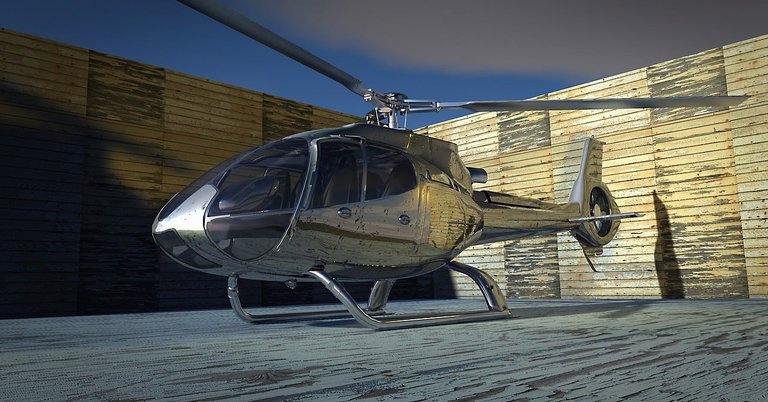Imagine a revolution for aviation, and it's way more than just beautiful passenger jets whizzing by or small delivery drones buzzing above. The startup called Rotor, is pushing it with the good old helicopter to try and make these complex machines fly as giant, pilotless workhorses.

The founder of Rotor, Hector Xu, learned to fly helicopters himself and came away with a healthy dose of respect for the challenges involved.
Having had personal experience with the myriad ways a human pilot could make potentially fatal mistakes, Xu saw an opportunity to use technology to make helicopter operations safer and more efficient.
The company's approach is simple, take legacy helicopter designs and retrofit them with sensors, computers, and control systems that fly autonomously. In other words, supersize the consumer drone concept to create what Rotor calls "big drones for tough jobs." First models Sprayhawk and Airtruck have targeted agricultural and construction uses.
But what's interesting about Rotor's approach is the way it dodges the noisy urban air mobility market altogether. While Joby and Lilium duke out building some sort of futuristic air taxi, Rotor's chasing use cases that are far more viable, far sooner. Crop dusting, firefighting, and construction support don't fire the imagination like the thought of flying cars, but they're real needs, pressing needs, that autonomous helicopters could actually help solve.
There's something to be said for this pragmatic approach.
In targeting existing industries with identifiable pain points, Rotor may be able to get a foothold in the market more quickly than companies chasing more speculative visions. Then again, success in these initial applications opens the door to broader adoption of autonomous helicopter technology downstream.
My question, though, is what the possible negative implications of this technology are.
Removing human pilots reduces a certain type of error but adds new modes of failure. Glitches in software, malfunctioning sensors, or breakdown in communications, these are sources of possible disastrous outcomes there, a multi-ton flying machine. The very thought of pilotless flying machines sprinkling pesticides over farmland or moving heavy loads over a construction site sends a lump to my throat.
There is also the question of job displacement, helicopter pilots' skill and expertise are at a premium, without which the hazardous nature of their job may make automation appear very attractive, but this can work only at the cost of severe disruption to the existing workforce. All these issues are complex, not easy to answer, but form necessary debates to take place as this technology advances.
With all of those concerns, I am yet cautiously hopeful about autonomous helicopters. If done with much thoughtfulness and robust safety considerations, they really can make those other kinds of aerial operations much safer and more efficient. All that would be required is striking that proper balance between innovation and caution, pushing the boundaries without the subordination of a healthy respect for the risks involved.
With Rotor preparing its first flight in the coming weeks for the Sprayhawk drone, the future of aviation comes a little more into view.
It remains yet to be seen whether this technology really reshapes key industries like agriculture and construction, but one thing is for sure, the skies in the coming years will look radically different from what we've seen up until this point in time.
Posted Using InLeo Alpha
Congratulations @bitblaze! You have completed the following achievement on the Hive blockchain And have been rewarded with New badge(s)
Your next target is to reach 3250 upvotes.
You can view your badges on your board and compare yourself to others in the Ranking
If you no longer want to receive notifications, reply to this comment with the word
STOP